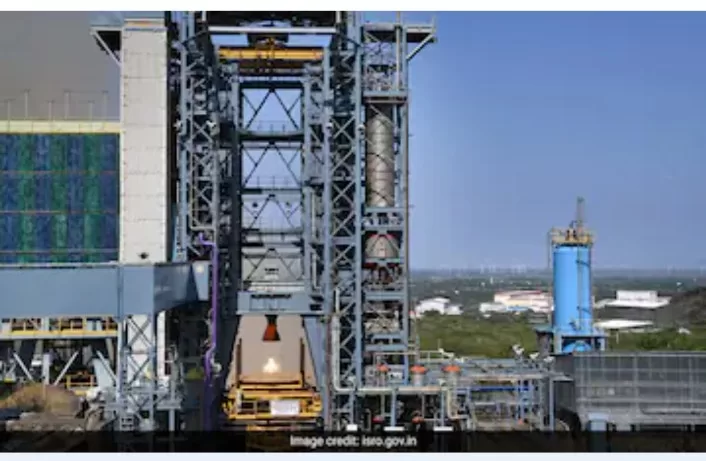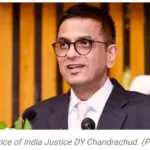Bengaluru – In a significant stride towards India’s maiden human spaceflight endeavor, the Gaganyaan program, the first test vehicle mission to validate the critical crew escape system is poised for launch within the next month or two, as stated by a prominent ISRO official.
This inaugural test vehicle mission, designated as TV-D1, is the initial installment among the four planned abort missions integral to the Gaganyaan program. Following TV-D1, the subsequent stages include TV-D2 and the maiden uncrewed mission of Gaganyaan, denoted as LVM3-G1.
The subsequent phase encompasses the second series of test vehicle missions (TV-D3 and D4), along with the LVM3-G2 mission featuring a robotic payload. The progression towards the crewed mission hinges on the successful outcomes of these pivotal test vehicle and uncrewed missions.
Gaganyaan Project Director, R Hutton, disclosed, “Immediately, what we are now targeting is to validate the crew escape system. In a month or two, the mission will take place from Sriharikota.” This announcement was made during an international space conference held in Bengaluru.
The overarching objective of the Gaganyaan project is to showcase India’s capacity to transport a crew of two to three members into a circular orbit approximately 400 km above Earth’s surface. This mission encompasses a duration of one to three days, concluding with a safe return to Earth and a designated landing in the Indian sea waters.
The Human Rated LVM3 (HLVM3), equipped with a Crew Escape System (CES) powered by quick-acting, high-burn-rate solid motors, ensures the safe withdrawal of the Crew Module (CM) and its occupants in case of emergencies during launch or ascent.
The Orbital Module (OM), which orbits Earth, comprises both the Crew Module and the Service Module (SM). It boasts state-of-the-art avionics systems with redundancy measures to prioritize human safety.
The Crew Module, designed with a double-walled construction, facilitates a habitable environment for the crew, equipped with essential interfaces, life support systems, and avionics, ensuring crew safety during re-entry and touchdown.
The Service Module plays a pivotal role by providing necessary support to the Crew Module while in orbit, featuring thermal systems, propulsion, power systems, avionics, and deployment mechanisms.
The journey to validate these systems marks a remarkable feat in ISRO’s relentless pursuit of human space exploration.
By PTI




